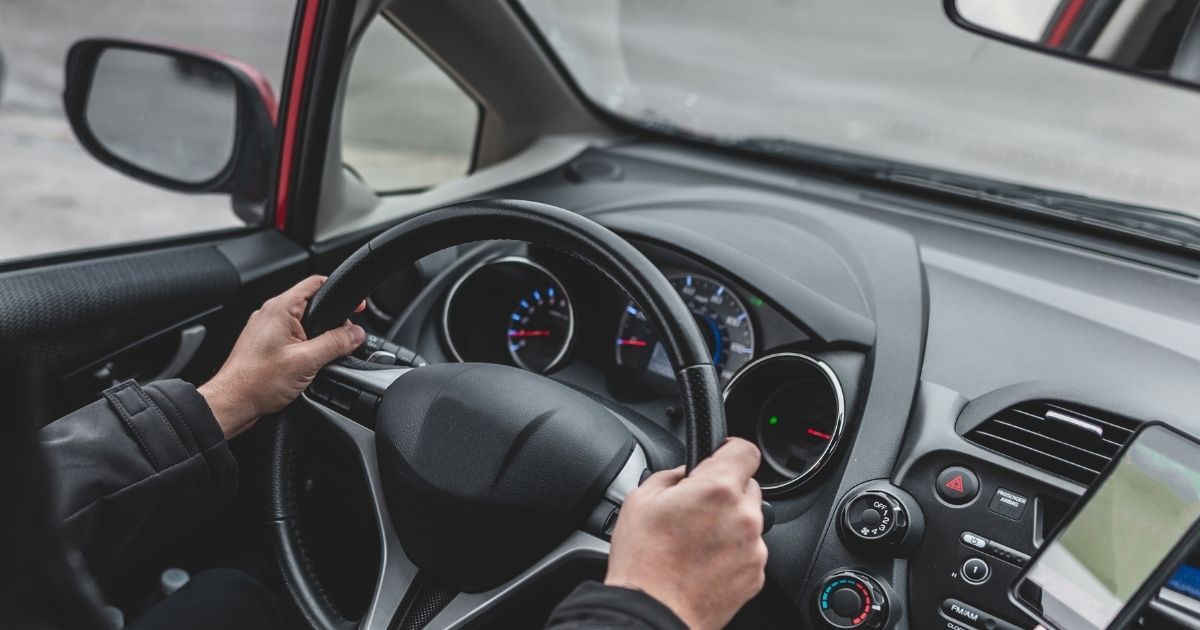If you have not purchased a new car in recent years, you might be quite impressed by the latest safety features available. Research on car accident data, artificial intelligence, and more advanced systems make todays vehicles safer than ever before. Understanding the different options can help you make the best and safest decisions throughout the car buying process.
Tire pressure monitoring systems can let you know when your pressure is too high or low, but you still need to check wear and tear. This can be done by looking at the tires and using tire pressure gauges, or you can pay a mechanic to do it for you.
Three-point seat belts and airbags have been around for a long time. Children who are under the age of 12 years old should be in the back seat; never place a child seat in the front seat of a car.
Anti-lock braking systems (ABS) allow drivers to maintain steering control if emergency braking has to be used. Traction control became mandatory for all new passenger cars back in 2011, and electronic stability control followed suit in 2012.
Vehicle manufacturers are always looking for ways to improve safety, and one of the newer features out there is safe exit assist. This can prevent accidents from occurring when car doors are opened if other vehicles are approaching from the back. It works like a blind-spot monitor (BSM) and is good for families with young children. A BSM is designed to alert drivers of approaching vehicles in adjacent lanes; they use radar or ultrasonic sensors and cameras.
Lane departure warning systems keep drivers in their own lanes by initiating slight steering or braking adjustments to prevent collisions with other vehicles.
Adaptive cruise control may not be as important to some drivers because it is more of a convenience feature. When turned on, it adjusts your set cruising speed to keep you at pace with the flow of traffic.
As mentioned, front airbags have been around for many years, but now there are also side and curtain airbags. Center airbags are a more recent development and can offer head cushioning for drivers and passengers in side-impact and rollover crashes.
Autonomous emergency braking (AEB) has become a key safety feature for new cars. It uses cameras and radars to assess speeds of other vehicles and will apply the brakes automatically if a driver does not slow down quickly enough. It can also detect vehicles approaching at intersections.
Overhead 360-degree camera systems provide drivers with visibility from the top of the vehicle. This is helpful with parking and when you are at intersections. Other newer safety systems include night vision technology and hands-on lane-centering steering.
Not all of these features are necessary, and many times, drivers do not understand how to use them properly. Experts have differing opinions as to the importance of the newer features, but in the end, the decision will be up to you.
Keep in mind that these advanced features should not replace your attention to the road. Remember to check your rearview mirrors before changing lanes, be aware of your surroundings at all times, and follow the posted traffic signs and signals.
New Jersey Car Accident Laws
Even with the most advanced safety features, driver error, negligence, and other factors like poor weather conditions still cause many automobile accidents. Each state has its own laws regarding accidents, and here are some of the basics you need to know for New Jersey.
If you wish to initiate a lawsuit, the statute of limitations for this is two years from the accident date. Missing that deadline will likely lead to a dismissal by the court.
New Jersey also has a no-fault auto insurance system. Drivers and passengers have to use their own personal injury protection (PIP) auto insurance coverage to receive compensation for their medical bills, lost wages, and any other out-of-pocket costs, no matter who was at fault. Only in certain circumstances can you file a lawsuit.
If you end up going to court, the state has a modified comparative fault rule that will guide the proceedings. Each party involved is assigned a percentage of fault. If you are found to be partially at fault, your total damages will be reduced from the overall compensation award. For example, if the total award is $50,000 but you were 25 percent responsible for the crash, you will be awarded $37,500 instead.
What happens to plaintiffs who are 50 percent or more responsible for a crash? They will likely not receive any damages.
Monmouth County Car Accident Lawyers at Mikita & Roccanova Offer Trusted Legal Guidance
Deciding on the right car safety features can be confusing. Even when using car safety features, you can still get injured in a collision. If you need legal help after a car accident, speak with one of our Monmouth County car accident lawyers at Mikita & Roccanova. Call us at 732-705-3363 or complete our online form to schedule a free consultation. Located in Hazlet and Highland Park, New Jersey, we serve clients throughout Ocean County, Sussex County, Neptune, Middlesex County, and Pennsylvania.


